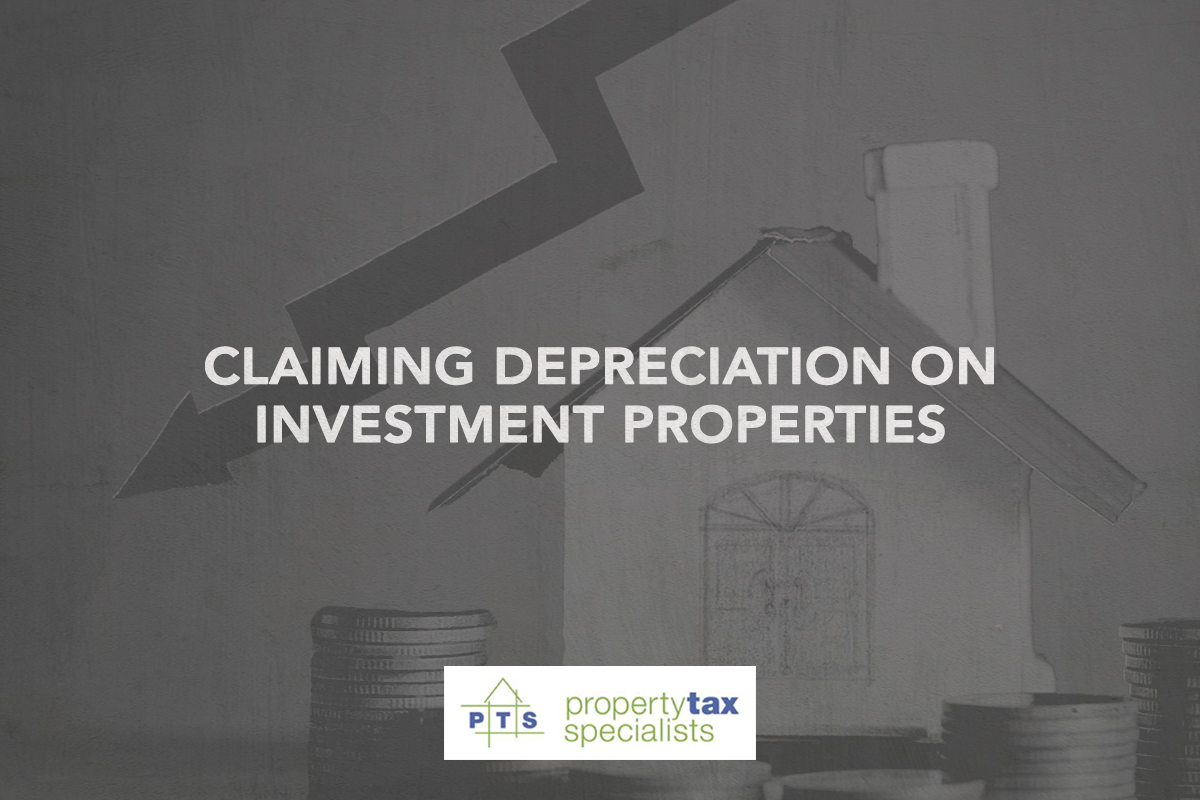Can You Claim Depreciation on an Investment Property?
Navigating the world of investment properties can be a rewarding yet complex endeavour, especially when it comes to understanding the various tax implications involved.
One key aspect of property investment that often goes overlooked is depreciation, a tax deduction that can significantly enhance the returns on your investment.
In Australia, investors can claim depreciation on their investment properties, allowing them to reduce their taxable income and potentially save thousands of dollars each year.
However, understanding the intricacies, including the types of assets eligible for deduction and how to calculate them, can be challenging for many property investors.
Whether you’re a seasoned investor or just starting your property investment journey, it’s crucial to be well-informed about the benefits and processes of claiming depreciation on your investment property.
In this blog, we’ll delve into the fundamentals of depreciation for investment properties in Australia, exploring the different types of depreciable assets, how to calculate your deductions, and the importance of obtaining a professional depreciation schedule.

What is Investment Property Depreciation?
Depreciation refers to the decline in the value of your property over time due to wear and tear.
The Australian Taxation Office (ATO) allows property investors to claim a tax deduction for depreciation as an expense on their tax returns.
So, the main benefit of claiming depreciation on your investment property is the tax savings. Having a lower taxable income reduces your tax liability and potentially improves your cash flow.
How Does Tax Depreciation on Investment Property Work?
The ATO allows you to claim a tax deduction for depreciation based on two main components: capital works deduction and plant and equipment.
Capital Works Deductions
Capital works deduction, also known as ‘building allowance’, refers to the depreciation of the building structure and its fixed assets, such as walls, roofs, and plumbing.
Investors can claim tax deductions for capital works over a period of 40 years at a rate of 2.5% per year.
Plant and Equipment
Plant and equipment depreciation covers the depreciation of removable assets within the property, such as carpets, appliances, and window coverings.
The depreciation rates for these assets vary depending on the effective life of the item, which is set by the ATO. For example, let’s consider a dishwasher, a common asset in many residential investment properties.
According to the ATO, the effective life of a dishwasher is 10 years. This means that the dishwasher is expected to be usable and provide value to the property for a decade before it needs to be replaced.

2017 Legislation Changes and Their Impact on Depreciation
In May 2017, the Australian Government introduced legislative changes that significantly affected property depreciation deductions for investors.
These changes were introduced as part of the Federal Budget and aimed to tighten the rules surrounding depreciation deductions, particularly for plant and equipment items in a residential investment property.
How These Changes Impact Your Ability to Claim Depreciation
The new rules restrict property investors from claiming depreciation deductions for previously used plant and equipment assets in residential investment properties.
This means that if you purchase a second-hand residential property or an established property with existing plant and equipment items (e.g., appliances, carpets, and blinds), you can no longer claim depreciation deductions for those assets.
However, this rule does not apply to new residential properties or substantial renovations where the plant and equipment assets are newly installed.
The Significance of a Tax Depreciation Schedule
A tax depreciation schedule is a vital document for property investors in Australia, as it provides a comprehensive report that outlines the depreciation deductions they can claim on their investment property.
The schedule is essential for the following:
- Maximising tax benefits
- Ensuring compliance with the ATO requirements
- Streamlining the tax return process
Key Components of a Tax Depreciation Schedule
A well-prepared property depreciation schedule typically includes the following information:
- A summary of the total depreciation deductions claimable for both capital works and plant and equipment items.
- A detailed breakdown of depreciation deductions for each asset, including their effective life, depreciation rate, and the method used (diminishing value or prime cost).
- An itemised list of capital works deductions, including the estimated construction costs and the claimable deductions over the 40-year period.
- A yearly projection of depreciation deductions for the entire effective life of the property allowing investors to plan their cash flow and tax strategy effectively.
How to Obtain a Depreciation Schedule
To obtain a depreciation schedule, property investors need to engage a qualified quantity surveyor who is also a registered tax agent.
This is because the ATO requires quantity surveyors to possess specific qualifications and expertise in construction cost estimation to prepare a compliant tax depreciation schedule.
The process of obtaining a depreciation schedule typically involves the following steps:
- Engage a qualified quantity surveyor: Search for a reputable quantity surveyor with experience in preparing tax depreciation schedules for investment properties similar to yours. Ensure they are a registered tax agent, as required by the ATO.
- Property assessment: The quantity surveyor will conduct a thorough inspection of your investment property to identify all the depreciable assets and assess their condition, effective life, and value. This inspection may involve taking measurements, photographs, and notes to accurately document the property’s assets.
- Estimate construction costs: The quantity surveyor will use their expertise in construction cost estimation to determine the cost of constructing the building and its fixed assets, which is essential for calculating capital works deductions.
- Determine the effective life of assets: The quantity surveyor will refer to the ATO’s guidelines on the effective life of plant and equipment assets to calculate the appropriate depreciation rates.
- Prepare the tax depreciation schedule: Based on the gathered information, the quantity surveyor will prepare a detailed tax depreciation schedule that outlines the depreciation deductions you can claim on your investment property.

Key Takeaways
If you own an investment property in Australia, you may be able to claim depreciation on your taxes. Here are some key takeaways to keep in mind:
- You can claim depreciation on both the building itself and any assets within the property, such as appliances and furniture.
- There are two types of depreciation you can claim: capital works deductions and plant and equipment deductions.
- Capital works deductions apply to the construction costs of the building and can be claimed over a period of 25 or 40 years, depending on when the property was built.
- Plant and equipment deductions apply to the assets within the property and can be claimed over their effective life, which varies depending on the type of asset.
- To claim depreciation, you will need to engage a qualified quantity surveyor to prepare a tax depreciation schedule for your property.
- You need to keep accurate records of your expenses and ensure that you only claim the deductions you are entitled to.
Overall, claiming depreciation on your investment property can be a valuable way to reduce your tax liability and improve your cash flow.
However, you must ensure that you are following all relevant laws and regulations and seek professional advice if you are unsure about any aspect of the process.
If you need help navigating the complexities of property taxes, Property Tax Specialists offer solutions to assist property investors in managing their tax obligations, ensuring compliance, and optimising their tax strategies.
Our expertise covers a wide range of property tax matters, from capital gains tax to rental income deductions and more.
Contact us today and let us guide you on the path to a more profitable and stress-free property investment journey.
Disclaimer
Please note that every effort has been made to ensure that the information provided in this guide is accurate. You should note, however, that the information is intended as a guide only, providing an overview of general information available to property buyers and investors. This guide is not intended to be an exhaustive source of information and should not be seen to constitute legal, tax or investment advice. You should, where necessary, seek your own advice for any legal, tax or investment issues raised in your affairs.


